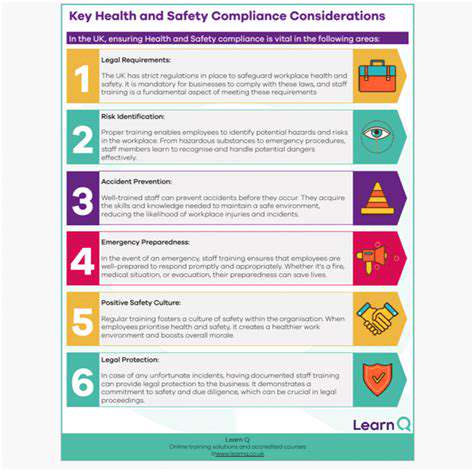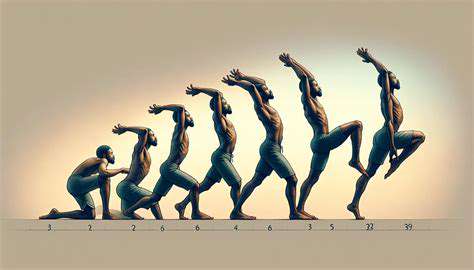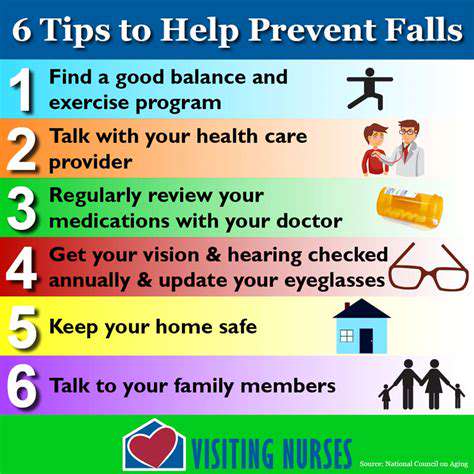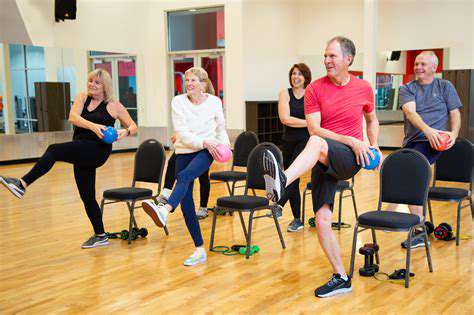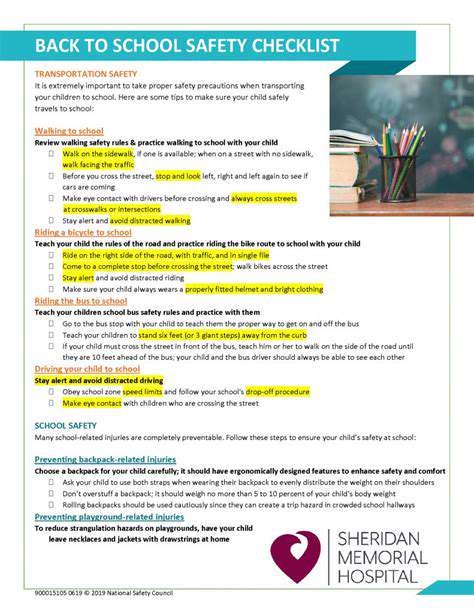Reduce Stiffness and Pain: Chair Based Exercises for Older Adults
Introduction to Chair-Based Exercise for Seniors

Benefits of Chair-Based Exercises
For older adults seeking gentle yet effective physical activity, chair-based exercises provide an ideal solution. These low-impact movements help maintain muscle tone, boost circulation, and preserve joint mobility without straining the body. What makes these exercises particularly valuable is their adaptability - they can be easily modified to accommodate different ability levels while still delivering meaningful health benefits.
The beauty of chair exercises lies in their simplicity and safety. With just a stable chair as equipment, individuals can engage multiple muscle groups while minimizing fall risks. This accessibility makes them perfect for small living spaces, community centers, or rehabilitation settings. They're especially helpful for those managing arthritis, recovering from surgery, or dealing with balance concerns.
Types of Chair-Based Exercises
Seated workouts can target various fitness components through different movement patterns. Strength-building options include seated leg extensions, modified push-ups using the chair arms, and controlled torso rotations. The resistance can be adjusted by adding light weights or resistance bands as strength improves.
For cardiovascular benefits, rhythmic seated movements like alternating knee lifts, seated dancing to music, or arm circles can elevate heart rate safely. These aerobic exercises help maintain endurance while being gentle on weight-bearing joints.
Flexibility routines form another essential element. Gentle seated stretches for the shoulders, neck, and legs promote better range of motion. Regular stretching helps counteract the stiffness that often comes with aging, making daily activities more comfortable.
Important Considerations for Chair Exercises
While generally safe, it's wise to check with your doctor before beginning any new fitness regimen, particularly if you have heart conditions or recent injuries. Paying attention to proper alignment prevents strain - keep your back supported and movements controlled.
Chair selection matters more than many realize. Look for a stable, armless chair that allows your feet to rest flat on the floor. Never use rolling or folding chairs for these exercises, as they can compromise safety during movement.
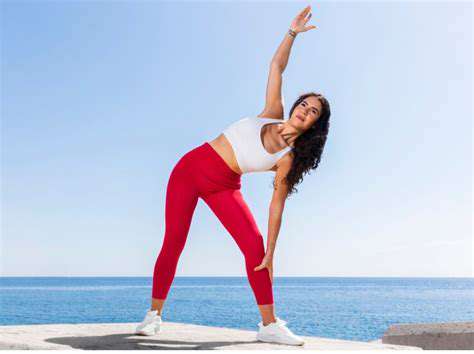
Managing Chronic Pain with Chair Exercises
Chair Exercises for Lower Back Pain
Seated exercises offer gentle relief for back discomfort by strengthening supportive muscles. Pelvic tilts, where you rock your hips forward and back while maintaining upright posture, help mobilize the lumbar region. Seated cat-cow stretches alternately arch and round the back to relieve tension. Start with just 5-10 minutes daily, gradually increasing as comfort allows.
Postural awareness during seated exercises makes them particularly effective for back pain. Simple adjustments like keeping shoulders relaxed and abdominal muscles lightly engaged can significantly reduce spinal strain during daily activities.
Targeting Hip and Thigh Pain with Chair Exercises
For hip discomfort, seated figure-four stretches (crossing one ankle over the opposite knee and leaning forward) can provide relief. Gentle seated knee lifts with controlled movements help maintain hip mobility without aggravating sensitive joints.
Those with thigh pain might benefit from seated isometric contractions - pressing palms against the knees while engaging thigh muscles for several seconds. This builds strength without joint movement, making it ideal for acute pain episodes.
Improving Flexibility and Range of Motion
Seated stretches should be performed slowly, moving only to the point of mild tension. For tight hamstrings, extend one leg with toes pointing up while keeping the other foot flat. Lean forward from the hips until you feel a gentle stretch behind the thigh. Remember to breathe deeply during stretches - this helps muscles relax into the position.
Rotational movements like looking over each shoulder while keeping hips facing forward help maintain spinal mobility. These can be particularly helpful for those who spend much time sitting during the day.
Strengthening Core Muscles through Chair Workouts
Core stability begins with proper seated posture. Practice sitting tall with shoulders over hips, imagining a string pulling you upward from the crown of your head. Seated marches (alternately lifting knees while maintaining this posture) engage core muscles effectively.
For more challenge, try seated balance exercises like lifting both feet slightly off the floor while maintaining good posture. Start with just a few seconds and build duration as strength improves.
Chair Exercises for Preventing Future Pain
Consistency with chair exercises creates lasting benefits. Even brief daily sessions help maintain joint lubrication and muscle elasticity. The key is finding movements you enjoy enough to practice regularly - whether seated dancing to favorite music or following along with guided video routines.
Building chair exercises into existing routines increases adherence. Try doing a few stretches after meals or during television commercials. Small, frequent movement breaks often prove more sustainable than occasional long sessions, especially for pain management.

